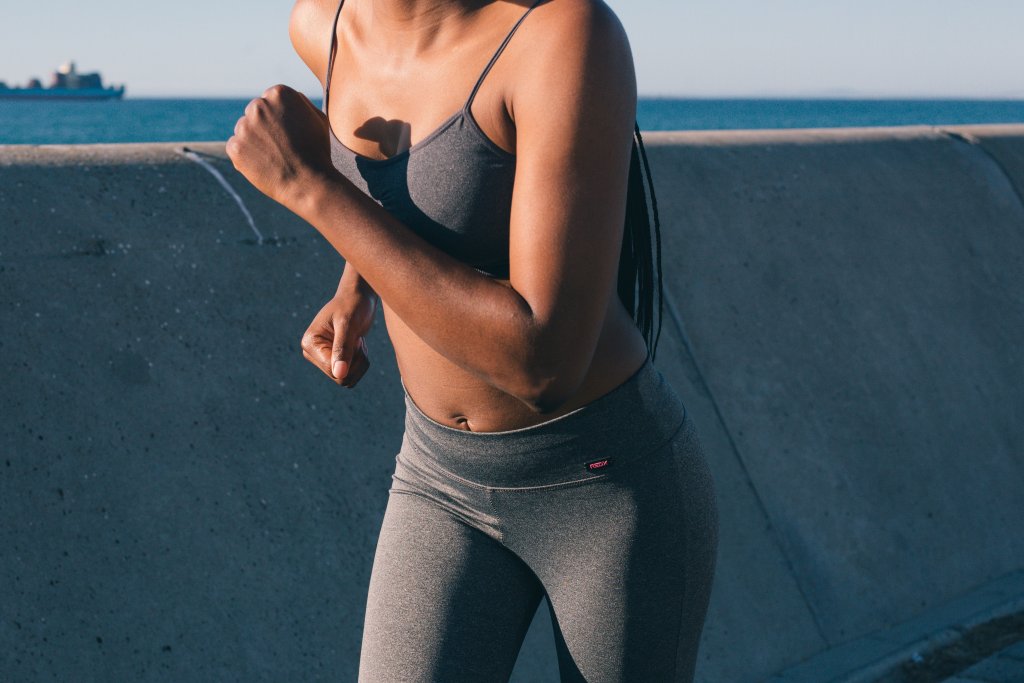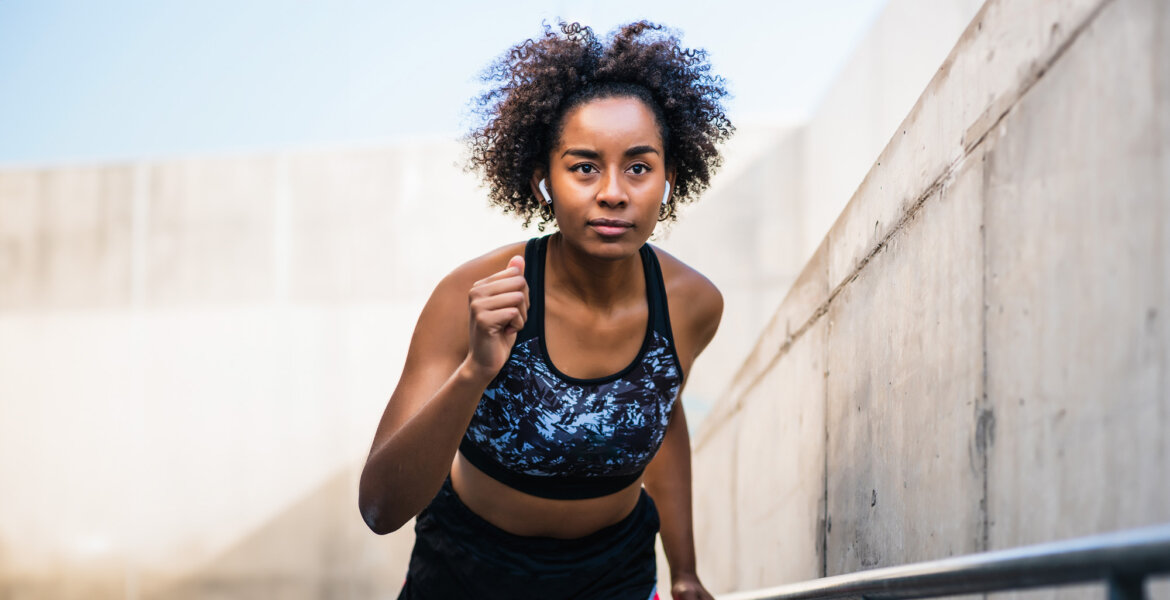Running seems to be an exercise we are born with, but how can we run healthier and even lose weight? Running in a place is a good choice. Today, I will share how to use running in place to lose weight. Those who want to try it should not miss it!
Can you really run? Many people run very hard but fail to see results. Most of the time, their running posture is wrong. Here are the two most common mistakes in running posture, and correct running suggestions and procedures. You need to learn this quickly!
If your running form is wrong, your efforts will be in vain! Running posture is the most important.
When running, the body’s centre of gravity lands on the buttocks, similar to running on a chair. This running method will make the thighs thicker and thicker. Knees and ankles may also be injured.
Wrong running form: Over-striding can lead to plantar fasciitis and joint injuries.
Wrong running posture: Heel landing causes dizziness.
Try running in place barefoot, with your heels hitting the ground first, and it will feel very uncomfortable. If the heel of the running foot lands first, you will feel shock at the back of your head and even cause dizziness. By adjusting your running posture from head to toe, you can run safely without injuring your knees.

Correct running form suggestions:
Cadence:
This means the number of times your foot hits the ground per minute. A mobile phone sports app or a heart rate measuring watch can measure the cadence during exercise and the change in cadence during an exercise. 180 steps/minute is optimal.
Head:
When running, it is best to keep your eyes straight ahead and not lower your head, as this will put pressure on the cervical spine.
Swing arm:
Some people swing their arms left and right or up and down when running. In fact, such actions consume extra energy and cause shoulders to shake, which reduces the sports benefits of running. We recommend swinging your hands upward while running. The highest position is the horizontal line in the middle of the chest, which is enough to swing back to the waist and abdomen. In addition, the angle of elbow bending should be less than 90 degrees, so that it is the most comfortable time when swinging the arms.
Feet:
Don’t tighten your ankles. The more relaxed you are, the better. It’s best to point your knees and toes straight ahead. If your knees are inward and your toes are outward, it will put a lot of pressure on your knees, and they will easily injure your joints over time.
It is important to warm up and stretch before and after running:
By warming up and cooling down properly, you can reduce knee pressure while running. However, if the warm-up is insufficient, most of the blood will still stay in the internal organs of the body, and the muscles of the limbs will still be stiff. Running can easily cause hip and knee pain.
In addition, don’t wrap around your knees during warm-up, as this will cause great harm to your knees! Anyone who has a deep understanding of the structure of the knee knows that there are many ligaments wrapped around the knee. Movements such as wrapping the knee will cause the muscles and ligaments to become loose, friction and extrusion, making the knee prone to injury.
Remember to do stretching exercises after running to prevent your calf muscles from getting thicker. Don’t ignore it!

Run in the correct order
Following the right running sequence enhances exercise effectiveness, minimises injuries, and promotes weight loss. There are four steps in total:
Use an exercise roller (foam roller) to relax:
Using exercise rollers correctly can help achieve muscle relaxation and reduce the risk of sports injuries. If you are unsure how to use an exercise roller, we recommend seeking advice from a professional trainer or physical therapist.
Dynamic stretching:
Dynamic stretching before exercise is a kind of warm-up exercise. The exercise location involves gentle stretching to prepare the body for more challenging exercises. Through this process, it can increase the temperature of muscles and reduce the Risk of injury. Squats, strides, arm circles, waist swings, knee bends, calf extensions, etc. are all good for dynamic stretching.
Exercise:
If you’re new to exercise, start slowly and listen to your body. Pay attention to your breathing and begin with light activities. Then, gradually increase the intensity and duration.
Static stretching:
Static stretching after exercise can reduce skin tightness and help restore the normal length of the muscles. The main distinction between static and dynamic stretching is that static stretching involves holding a stretched position to stretch and relax the muscles. For example, front thigh stretch, arm stretch, supine stretch, etc.
Running is a sport that can comprehensively improve one’s self-condition. Compared with running blindly, you can’t let go of the tension, relax a little, control your muscles and let them work easily!
This article was syndicated from Marie Claire Taiwan

